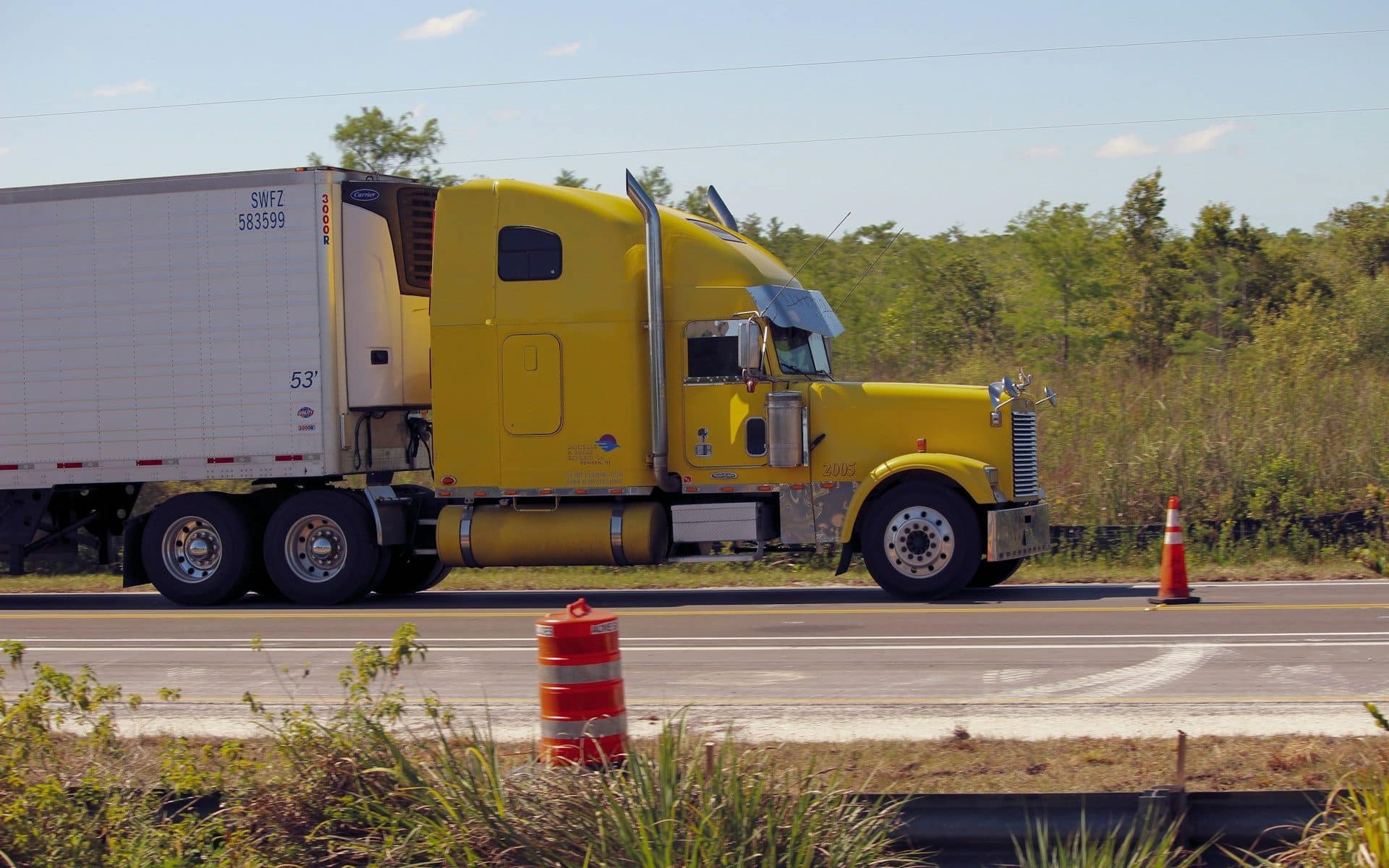Starting a new career behind the wheel of a commercial vehicle takes more than just the right mindset. It also depends on your choice of training location. Picking where to train isn’t just about finding a school. It’s about setting up your future path the right way. Some places offer stronger support, better learning conditions, and more chances at real job openings. Las Vegas is one of those places.
More and more people are choosing Las Vegas for their CDL training, and the reasons are stacking up fast. From the local job market to the ideal weather, it’s a great place to move through the process without a bunch of obstacles. If you’re serious about beginning a steady driving career, Las Vegas gives you a head start worth taking.
Booming Job Market
Las Vegas has been growing fast, and that growth shows in how products move in and out of the area. All of that movement creates big demand for qualified CDL drivers. Whether you’re interested in staying local or going long haul, job opportunities in this city stay strong most of the year.
Some reasons the job market stays active in Las Vegas include:
1. Its position as a central hub between places like Southern California, Arizona, and the Southwest keeps freight lines busy.
2. Major highways like I-15 run directly through the region, making it easier for companies to route shipping and delivery.
3. The city continues expanding with new buildings, large events, and business activity, all needing reliable transportation.
Imagine someone finishing training and getting hired to haul retail products between Las Vegas and Phoenix. That kind of route often runs several times a week, giving the driver steady work and the chance to build a solid routine early in their career. When freight flows stay high, drivers get more hours, more experience, and quicker access to better job offers.
If you’re planning to earn a CDL in Las Vegas, the odds increase that job timing and hiring needs will line up by the time you’re ready to work. With a clean driving record and dependable habits, your career can take off shortly after licensing.
Favorable Climate for Training
One of the unsung perks of Las Vegas is its weather. Consistent sunshine and dry conditions may seem like a vacation goal, but they really help when you’re learning to drive a truck. Bad weather like snow or heavy rain can shut down practice sessions and delay your timeline.
Thankfully, Las Vegas doesn’t deal with much weather-related disruption. That means students get more on-road time and fewer unexpected gaps in their instruction. Sticking to a consistent training calendar keeps your progress on track, especially when you’re trying to coordinate with job starts or have a short window to get certified.
Here’s what the Las Vegas climate offers CDL students:
– Fewer canceled sessions due to visibility or slick roads
– Longer practice windows during the day
– Less stress during tough driving maneuvers since conditions tend to stay clear
When you’re trying to master careful turning, proper backing, or how to shift gears at the right moment, smooth weather gives you one less thing to worry about. Instead of rescheduling or rushing to finish, you gain solid habits that carry into your job. That reliable pace can make all the difference.
Quality Training Facilities
Where you train matters a lot when you’re prepping for a working life behind the wheel. Las Vegas gives students access to CDL schools that focus on simple, hands-on learning with tools that mirror what real drivers use. From working vehicles to helpful instructors, a quality setup makes your transition from student to pro smoother.
One noticeable upside is better equipment. Getting behind the wheel of a truck that functions like the ones you’ll be driving after graduation helps build real-world confidence. You’ll face fewer surprises on your first job and pick up skills faster because what you learn actually sticks.
Beyond the tractors and trailers, experienced instructors can shift your learning curve in a positive direction. You’re not just memorizing terms. You’re getting coached by drivers who’ve done it before. They’ll help guide your technique, provide advice where you need it, and keep you moving when things feel tough.
If your time or money is limited, going with a top-ranked school in Las Vegas helps maximize both. You’re learning in an environment where trucks run like they should, support is available when needed, and that wasted effort from poor teaching is less likely to happen.
Networking and Long-Term Career Opportunities
Las Vegas isn’t just about the training itself. It’s also a great place to meet people who run freight businesses, manage routes, or need drivers regularly. That exposure opens doors, sometimes even before your CDL is in your wallet.
This kind of access benefits you throughout your career. Here’s how Las Vegas makes trucking more than a short-term plan:
1. Many transportation companies located in the area aim to hire locally and often keep reliable drivers around for years.
2. Local shipping needs change all the time, which creates new spots for drivers to step in and help out.
3. CDL job fairs, meetups, and training events happen often, giving you a chance to make real-world connections.
Maybe you stay in Las Vegas after graduation and pick up a regional gig hauling warehouse freight across Nevada and Arizona. Not only are you learning the ropes close to where you trained, you’re also building up experience without having to relocate or search long distance. Over time, that experience becomes leverage for better-paying routes or more flexible schedules.
Whether you’re the type to settle into a six-day driving career or someone aiming to step up into specialized freight, Las Vegas gives you a location that will grow with you.
Ready to Start Your CDL Training Journey?
The spot you choose to train sets the tone for everything that follows. Las Vegas checks a lot of important boxes: dry, steady weather, schools that teach the right way, job options that stay open, and a surround-sound of companies looking to hire.
When your driving lessons don’t get rained out, when your instructors know their stuff, when you’re practicing behind the wheel of a reliable truck, all of that adds up to faster, better progress. Add the job access on top, and that training quickly becomes a real path forward.
If you’re looking to feel confident, build skill, and steer toward steady work without jumping through hoops, Las Vegas is an option that makes sense. Your future as a commercial driver can start on solid ground in the desert, where momentum is easier to find and keep going.
Ready to kickstart your truck driving career in Las Vegas? At RTDS Trucking School, you’ll find top-notch programs designed to equip you for success. Discover how you can benefit from CDL in Las Vegas training with us. Start building connections and skills that pave the way for a lasting and rewarding career.












